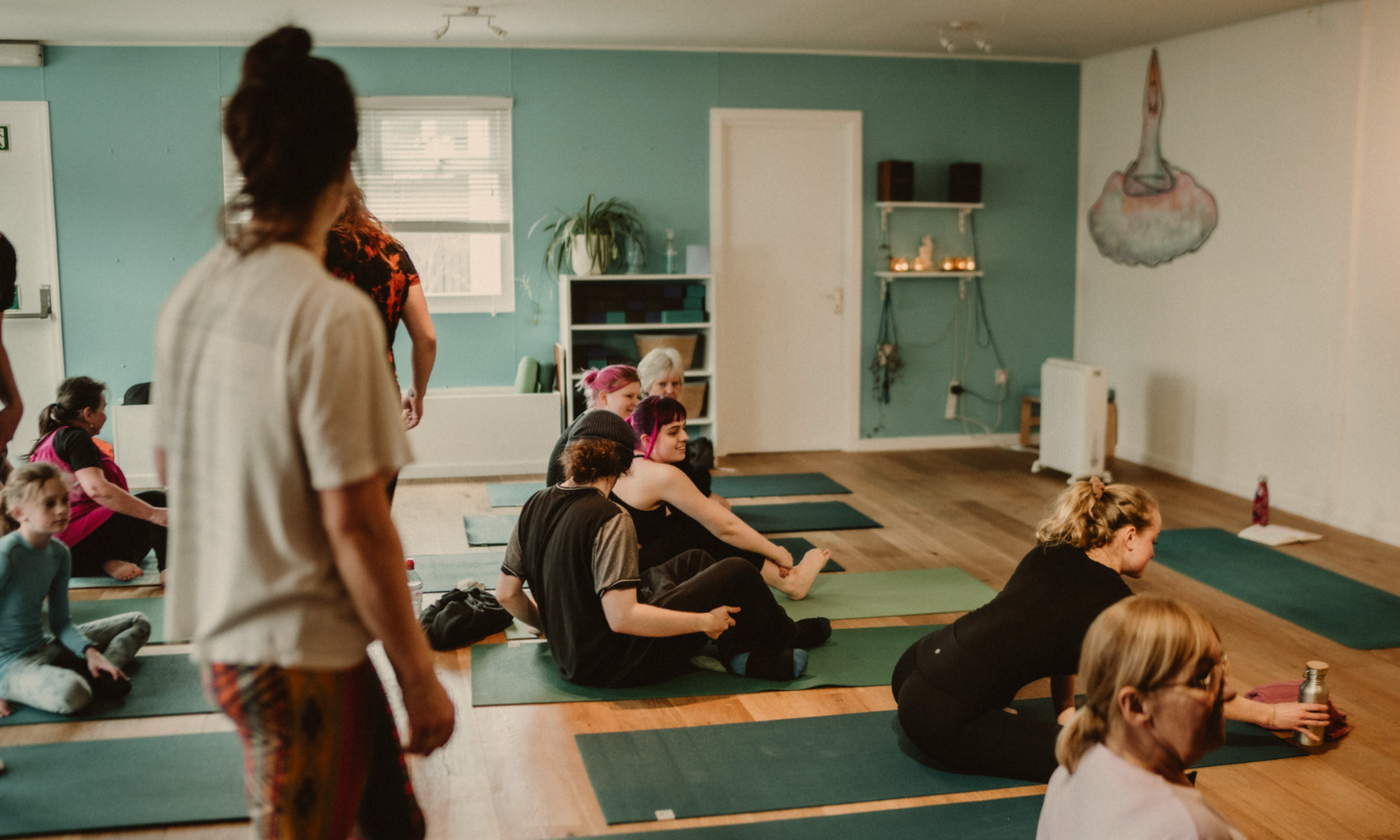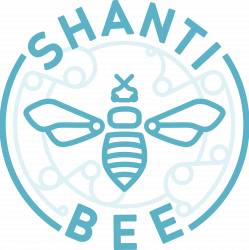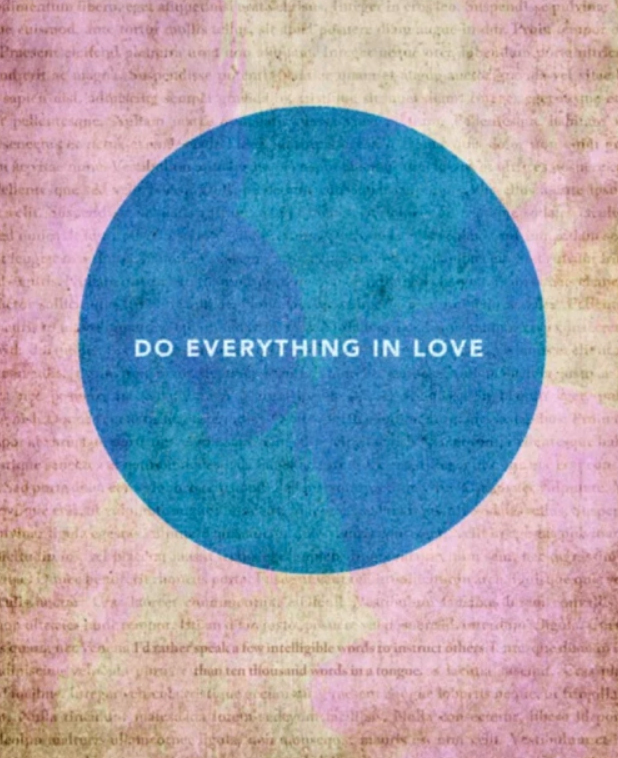Conscious engagement with my body
I recently completed a ten-day Vipassana course, one of the oldest Buddhist meditation practices.It was exhausting, emotionally draining and at times had me on the very edge of my fairly sane mind. However, has left me with a sense of self and an inner calm I hope I will hold forever.
Vipassana means to observe things as they really are – the technique uses self-observation to ‘purify’ the mind.
Whilst on the course you observe a Noble Silence – this is silence of body, speech, and mind. Language, music and written notes are all prohibited. No physical exercise, only walking and no sexual activities. Basically you meditate from 4.30am to 9pm daily, with short breaks for meals and rest.
One of the principles of Vipassana is that there is no charge, making it inclusive and places every meditator in the position of being a bhikshu (monk), who for those ten days possesses nothing.
The techniques, which go back two and a half millennia to the Buddha are taught through videos and audio teachings from Mr. S.N. Goenka. At two stages throughout the course we were taught specific techniques, in addition we received an hours discourse every evening. Other than that, practice was self-observation and we were our own gurus.
I was woken daily at 4am by a series of gongs for the first meditation sitting 4.30am-6.30am.
Observe your breath. You would think it would be easy and calming. Instead I found myself lost and fixated in erratic thoughts – from future ideals to past relations, then again to the future. I trailed though people in my life and past experiences to feelings of anger, frustration and sorrow.
Through observing my breath, I was also (slowly) learning to observe myself – the frustration, the anger, the calm, the confusion and the associated sensations at a more and more subtle level.
As the course deepened the thoughts and emotional reactions became prevalent, increasingly erratic and more like a stream of crazy narrative in my head. In conjunction so did the physical pains.
At times I truly thought I was going, or was mad.
One lunchtime on my bedside table between my roommate and I a tiny wax sculpture of a lady appeared. She was lying down and had one full arm and one half arm.
Following the morning two hour sitting there was breakfast, then an hour group meditation, followed by a two hour group or solo meditation time. For such a regimented schedule each moment was so extremely different. I could be smiling one moment to feeling depleted, exhausted and on the brink of madness the next.
I’d experience daily the transience of nature and life – how quickly my feelings and thoughts came and left me.
I felt drowsy, I couldn’t focus and found myself feeling bored in meditation. I was irritated that I was eating so much and worrying about putting on weight. I was wondering why I was even thinking these things and why I was being so ridiculous.That was the reality of that moment.
Day four came. I was emotional, highly sensitive; experiencing aches up my arms and niggles in my hips. After a day of meditation sessions we received teachings on the Vipassana technique.
Following, I felt like I had been stripped of my ability to communicate with any inner strength. I want to say I’d been stripped of my armour, or skin but it was much deeper and far more real than that. I left the room in a hurry, found an area I felt safe and keeled over in agonising pain in my chest. It didn’t last long.
In the days that followed we were advised to use the new techniques. Each day I noticed and experienced more. My attention was focused, my mind was watching and observing the momentary events and sensations. Yet – still sleepless nights. That was tough.
By day six the wax sculpture had become a fairy with wings. I made a sorcerous wearing a hat.
Days seven to nine felt like they would never end. I stayed calm and didn’t react to my increasing frustrations and aversions. The strangest thing was the nausea, as I’m not someone who ever gets physically sick. I suffer from tummy aches, allergies, the occasional random ache but never sickness.
I was inspired by what I was learning, yet the process equally frustrated me.
The experience was grueling. I felt like I was being tested, judged, pushed and isolated as my sub conscious scars bubbled to the surface.
I did laugh too – hysterics in fact. One day I felt like I was in some kind of Jedi training camp, the next a mental institution. There were moments of clear beauty in reality and times of complete indulgent fantasy.
By the end of the course the wax works had grown to include a fairly on a bed of tiny twigs woven with grass, a sorceress with a broom and a wonky hat, a cat, a mouse and a tree made of leaves. Evidently, my roommate was a sculptress.
In the ten days I learnt and experienced, in part, equanimity. On day five I was having a really tough day – in the discourse Goenka kept saying ‘remain equanimous’. I had no idea what it mean so I asked the teacher (privately you were allowed to ask a question in the evening of the teacher). She said ‘to not react’.
The more I remain equanimous in my meditation, the more I find ways to equanimity in my thoughts and life.
There is a more room now for everything that arises in my life, I can step away from myself with more ease and feel able not react to anything and everything that I face.
I do also feel my reality has been shaken. I feel vulnerable in the soft edges I’ve found on myself and unsure at the thought of what I experienced.
The barriers to love definitely lie within. All we can do is observe them and allow them to melt away.Rosie x
“Let go of your mind and then be mindful. Close your ears and listen.”
Rumi


